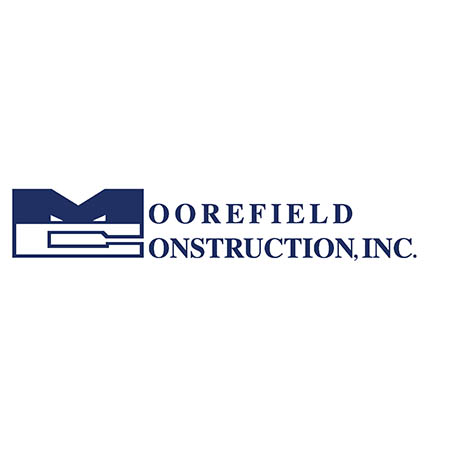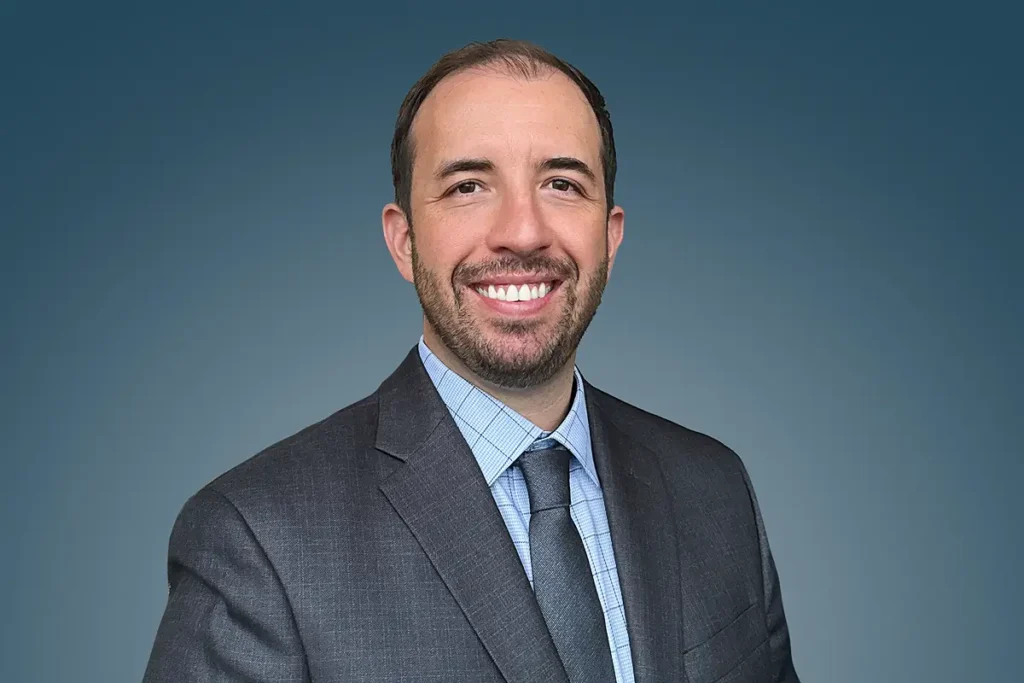
Alternative Risk Transfer Solutions
Alternative risk solutions insurance offers financial coverage through customized methods outside of traditional insurance. These solutions include contracts, structures, or programs designed to meet specific needs, providing businesses and individuals with flexible and innovative options.
Features of Alternative Risk Insurance
Tailored Solutions for Unique Needs
Customized Coverage
Designed to address the specific risks of the insured.
Non-Traditional Options
Provides coverage not typically available in the traditional marketplace.
Risk Retention
Allows the insured to retain some level of risk for cost-saving benefits.
Explore Alternative Risk Solutions Today
Alternative risk insurance provides tailored options for managing unique risks while reducing costs. Our experts are ready to help you explore the right solution for your needs.

Benefits of Alternative Risk Insurance
Flexible Coverage and Cost Savings
- Multi-Year Coverage: Provides financial coverage for multiple years, reducing the need for frequent renewals.
- Cost Reduction: Options like self-insurance can lower costs and streamline the claims process.
- Innovative Risk Management: Includes creative solutions to cover risks that traditional insurance may not address.

Examples of Alternative Risk Insurance
Innovative Approaches to Risk Management
- Self-Insurance: Allows a company to self-insure under government regulations, reducing costs and speeding up claims.
- Captive Insurance Company: A specialized entity operating outside the traditional commercial insurance market to provide customized coverage.
- Insurance-Linked Securities (ILS): Derivative securities enabling insurance companies to transfer risk to the capital markets.
Why choose Arroyo Insurance?
Why 100,000 businesses in California choose Arroyo?
Tailored Insurance Packages
Because each business has its own distinct characteristics, our insurance solutions are fully customizable to best suit your individual needs.
Quick and Simple Process
We've streamlined our process to be quick and hassle-free so that you can focus on building your business, demonstrating our commitment to our clients.
Years of Experience
While our South Bay office opened in 2006, we have a longer history of providing comprehensive business insurance, dating back to 1986.
Words of Appreciation from our Clients
Testimonials


Questions You Might be having
FAQs
What exactly is Alternative Risk Transfer (ART)?
Alternative Risk Transfer (ART) encompasses a range of customized risk management and financing techniques that provide alternatives to traditional insurance. Unlike standard insurance policies, ART solutions are tailored to specific organizational needs, often involve retaining a portion of the risk, and can integrate financial market tools. Key characteristics include customization, risk retention, and a focus on efficiency in addressing unique or complex risks. Examples of ART include captive insurance companies, risk retention groups, parametric insurance, and insurance-linked securities, offering benefits like potential cost savings, greater control, and tailored coverage for organizations seeking more sophisticated risk management strategies.
What businesses require Alternative Risk Transfer solutions?
Businesses that often require Alternative Risk Transfer (ART) solutions include large corporations with complex or unique risk profiles that standard insurance policies may not adequately cover or may be prohibitively expensive. Companies in high-risk industries such as energy, aviation, and construction frequently utilize ART to manage substantial and specialized exposures. Organizations seeking greater control over their risk management, aiming for potential cost savings through risk retention, or facing emerging risks not yet well-addressed by traditional insurers are also prime candidates for ART. Furthermore, groups of similar entities looking to pool resources for collective risk management often find ART solutions like risk retention groups or insurance pools beneficial.
Is Alternative Risk Transfer insurance more expensive than traditional business insurance?
The cost of Alternative Risk Transfer (ART) compared to traditional business insurance is not definitively more or less expensive; rather, it is highly situational and depends on various factors. While some ART solutions like establishing a captive insurer involve significant upfront costs, they can potentially lead to long-term cost savings if losses are well-managed. Conversely, traditional insurance offers more predictable premiums but might be more expensive in the long run if an organization’s loss experience is favorable. Ultimately, the cost-effectiveness of ART hinges on the specific ART technique employed, the organization’s unique risk profile, the level of risk retained, and the prevailing market conditions for traditional insurance.
How do I know if my business needs an Alternative Risk Transfer solution insurance?
To determine if your business needs an Alternative Risk Transfer (ART) solution, consider whether you face unique or complex risks that traditional insurance doesn’t adequately cover or for which premiums are excessively high. If your business desires greater control over risk management and claims processes, believes it can manage certain risks more cost-effectively by retaining a portion, or has a stable and predictable loss history, ART might be beneficial. Furthermore, larger organizations with significant financial resources and a long-term strategic approach to risk management are often good candidates for exploring ART options like captives or risk retention groups. Consulting with risk management professionals or insurance brokers specializing in ART can provide tailored advice based on your specific circumstances.
What types of risks are managed through Alternative Risk Transfer insurance?
Alternative Risk Transfer (ART) manages a wide spectrum of risks, particularly those that are difficult or expensive to cover through traditional insurance. This includes difficult-to-insure risks, high-severity and low-frequency events like natural catastrophes and large liability claims, unique or complex operational risks specific to a business, emerging risks where traditional coverage may not yet be well-established, and even certain financial risks. Essentially, ART is employed for risks where standard insurance might be inadequate, too costly, or unavailable, allowing for more tailored and efficient risk management solutions.
How do I choose the right alternative risk transfer insurance provider in California?
To choose the right Alternative Risk Transfer (ART) insurance provider in California, first clearly define your business’s specific risks and objectives. Then, thoroughly research potential providers operating in California, evaluating their expertise, experience in your industry, and understanding of California’s regulatory environment. Ensure they are properly licensed and financially stable, offer customized ART solutions tailored to your needs, and have a strong reputation with positive client references. Finally, carefully assess their service offerings, cost structure, and communication style to ensure a good long-term partnership.
What is a captive insurance company?
A captive insurance company is essentially an insurance company that is wholly owned and controlled by its parent organization or a group of related entities. Instead of purchasing insurance from a traditional commercial insurer, the parent company forms the captive to insure its own risks or the risks of its subsidiaries, providing greater control over coverage, claims management, and potentially leading to cost savings and other financial benefits.
Is Alternative Risk Transfer insurance suitable for small and mid-sized businesses too?
While some Alternative Risk Transfer (ART) solutions, like single-parent captives, are typically more suited to larger organizations due to their complexity and capital requirements, other ART techniques such as group captives, risk retention groups, insurance pools, and even certain parametric insurance policies can be viable and beneficial for small and mid-sized businesses (SMBs). These options often allow SMBs to pool their resources, gain more control over their insurance, address specific industry risks more effectively, and potentially achieve cost savings compared to traditional insurance, making ART a relevant consideration for a wider range of businesses beyond just large corporations.
What industries require Alternative Risk Transfer solutions the most?
Industries with the greatest need for Alternative Risk Transfer (ART) solutions are typically those facing complex, high-severity, or unique risks that are not adequately or cost-effectively addressed by traditional insurance. This includes sectors like energy, construction, healthcare, transportation, manufacturing, financial services, and technology, all of which often encounter substantial liability exposures, specialized operational risks, or rapidly evolving emerging risks. Additionally, the public sector and agriculture also frequently benefit from ART to manage their diverse and sometimes unconventional exposures through tailored and often group-based solutions.
What is the best time to get Alternative Risk Transfer insurance?
The best time to get Alternative Risk Transfer (ART) insurance is not a fixed point but rather when a business experiences specific triggers such as significant growth or change introducing new risks, when traditional insurance becomes prohibitively expensive or offers inadequate coverage, when the business has a consistent history of low losses suggesting potential for cost savings through risk retention, or when facing unique or complex risks that standard policies don’t address effectively. Essentially, ART should be considered when the limitations or costs of traditional insurance no longer align with the business’s evolving risk management needs and strategic goals.
Meet Robert J. Kelly, CAWC
Your Expert in Commercial Insurance

Client Services
Customized Insurance for Every Need
From business and personal insurance to employee benefits and private client services, Arroyo South Bay provides precision solutions to protect what matters most.





